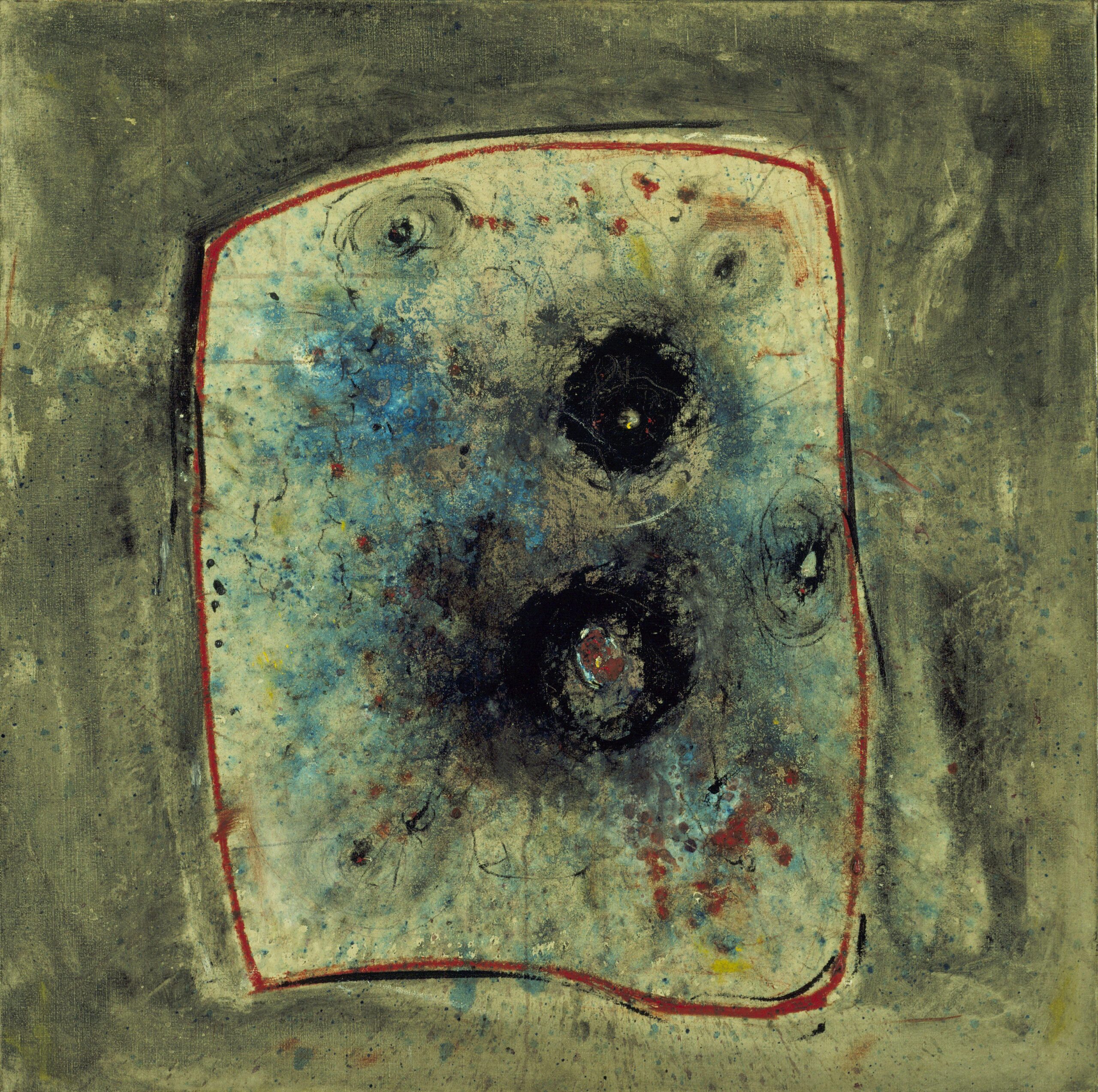
How Different Therapy Modalities Help You Heal from a Breakup You Can’t Move Past
When a romantic relationship ends, it can feel like your entire world has shattered. The pain of heartbreak is not just emotional; it can be a deeply visceral, embodied experience. You may feel it in the heaviness in your chest, the knots in your stomach, the ache in your bones. It’s as if your body is mourning the loss right alongside your heart.
In these moments of intense suffering, it’s easy to feel utterly alone, convinced that no one could possibly understand the depth of your pain. But what if this couldn’t be further from the truth? What if, in fact, your grieving process is intimately connected to the collective human experience of loss and longing?
This is one of the key insights of depth psychology, particularly the Jungian tradition. From this perspective, our individual heartbreaks are never purely personal; they are always intertwined with archetypal themes and patterns that have echoed through the human psyche for millennia.
The Archetypal Dimension of Heartbreak: A Jungian Lens
In Jungian thought, archetypes are universal patterns or motifs that emerge from the collective unconscious and shape our individual experiences. When it comes to romantic love and loss, certain archetypes are particularly potent.
Consider the archetype of the divine child, representing our innocent, trusting nature that longs for perfect, unconditional love. In the throes of infatuation, we may project this archetype onto our beloved, seeing them as our ultimate savior and source of bliss. But no human can ever fully embody this archetypal perfection. Inevitably, disillusionment sets in as we encounter our partner’s flaws and limitations.
Or consider the lover archetype, which carries our yearning for wholeness and completion through union with another. When a relationship ends, we may feel as though we’ve lost a part of ourselves. The Jungian approach suggests that this is not purely metaphorical; in bonding with another, we really do experience a merging of psychic energies.
Jungian therapy can help validate the mythic proportions of your heartbreak while also gently guiding you back to your own wholeness. By exploring the archetypal themes at play in your personal “love story,” you can begin to disentangle your authentic self from the projections and fantasies that may have fueled the relationship.
This work of differentiation is crucial, as Jungian thought also emphasizes the importance of individuation – the lifelong process of becoming more fully yourself. Ultimately, a breakup can be seen as an initiation into a new level of individuation, a call to reclaim the parts of yourself that you had projected onto your partner.
The Fragmented Self: Parts-Based Approaches to Breakup Recovery
While Jungian psychology offers a rich, symbolic language for exploring the archetypal dimensions of heartbreak, parts-based therapies like Internal Family Systems (IFS) and Schema Therapy provide a complementary framework for understanding and healing the psychological fragmentation that often follows a breakup.
In the language of IFS, we all have various “parts” or subpersonalities that make up our inner world. These parts often carry burdens from past wounds and traumas. When we experience a rupture in our attachment bonds, like a painful breakup, these parts can become extremely activated.
For example, you might have a young, vulnerable part that feels abandoned and worthless in the wake of a breakup. At the same time, you may have a protective part that tries to shield you from the intensity of these feelings by numbing out or shutting down. Other parts may cope by lashing out in anger or by clinging desperately to the lost relationship.
In IFS, the goal is not to eliminate or suppress these parts, but rather to build a relationship of caring, compassionate curiosity with them. As you learn to extend the qualities of unconditional love, acceptance, and even playfulness to your own inner family of parts, profound healing begins to occur naturally. The parts that once felt so wounded and burdensome can finally feel seen, understood, and appreciated for their efforts to help you survive.
Schema Therapy, which integrates elements of cognitive, behavioral, and attachment-based approaches, shares this emphasis on compassionately engaging with different aspects of the self. In Schema Therapy, the focus is on identifying and healing maladaptive schemas – deep-rooted patterns of thinking, feeling, and behaving that often originate in unmet childhood needs.
A breakup can violently reactivate schemas like abandonment, defectiveness, or emotional deprivation. By learning to recognize these schemas when they get triggered and to respond to them with care and wisdom, you can gradually transform them. This often involves a process of limited reparenting, in which you internalize the qualities of a good parent and extend them to your own suffering parts.
Somatic and Experiential Approaches: Healing the Embodied Imprint of Heartbreak
As mentioned earlier, the impact of a breakup is not just psychological; it is deeply somatic. The body holds the energetic residue of attachment and loss. You may feel drained, dissociated, or somatically agitated.
This is where body-based therapies like Somatic Experiencing (SE) and Hakomi come in. These approaches view the body as a gateway to healing trauma. By gently guiding attention to the felt sense of your inner experience, SE and Hakomi can help release stuck survival energies and allow your nervous system to return to a state of organic equilibrium.
Moreover, experiential therapies like Gestalt and Ericksonian hypnosis work with the healing power of present-moment awareness. Rather than endlessly analyzing the story of your relationship, these approaches invite you to experience your feelings and sensations as they arise in the here and now. This non-judgmental, embodied presence can be deeply transformative, allowing you to metabolize and integrate the undigested remnants of your heartbreak.
The Existential Dimension: Finding Meaning and Purpose in the Face of Loss
No discussion of breakup recovery would be complete without acknowledging the profound existential questions that heartbreak can evoke. When a relationship that gave your life meaning and direction comes to an end, you may find yourself confronting a devastating sense of purposelessness.
Existential therapy, rooted in the philosophies of thinkers like Kierkegaard, Nietzsche, Heidegger, and Sartre, offers a framework for grappling with these ultimate concerns. Rather than trying to eliminate the anxiety that comes with our human freedom and finitude, existential therapy invites us to courageously face these givens of existence.
In this view, a breakup is not just a crisis; it is an opportunity to radically reassess your values, your choices, your way of being-in-the-world. By confronting the stark reality of your aloneness, you paradoxically open to a deeper sense of connection – to yourself, to others, to the pulsing vitality of life itself.
This is not to minimize the agony of heartbreak, but rather to locate it within the larger context of the human condition. We love and we lose, again and again. In risking our hearts, we make ourselves vulnerable to the most exquisite joys and the most shattering sorrows.
There is a certain tragic beauty in this dance of attachment and separation. By opening to the full spectrum of your grief, rage, longing, and, ultimately, your enduring capacity for love, you affirm your willingness to be fully human. And that may be the greatest honor you could ever offer to the one you have lost.
In summary, the end of a relationship can plunge you into a dark night of the soul, confronting you with parts of yourself you may have long disowned, denied, or repressed. Various therapy modalities – from depth psychological to parts-based to somatic to existential – offer unique lenses and tools for metabolizing this pain and transmuting it into wisdom, resilience, and renewed vitality.
By honoring the archetypal dimensions of your heartbreak, compassionately engaging with your fragmented parts, releasing the somatic imprint of the loss, and finding new reservoirs of meaning and purpose, you do more than survive the breakup. You weave it into the tapestry of your individuation journey – your ongoing adventure of becoming ever-more fully, freely, and unapologetically yourself.
Tags: breakup recovery, healing heartbreak, depth psychology, parts work, somatic healing, embodied grief, individuation journey, existential crisis, finding meaning after loss, attachment trauma, inner child healing, self-love practices, archetypal love story, transpersonal breakup, grieving rituals
Citations:
Concepts from Jungian psychology, including archetypes, the collective unconscious, projection, and individuation, are explored in relation to breakup recovery (Hollis, 2005; Kalsched, 2013; Stein, 1998).
The Internal Family Systems (IFS) model is applied to understanding and healing the psychological fragmentation that often follows a breakup (Earley, 2012; Schwartz, 1995).
Schema Therapy is referenced as an approach for identifying and transforming maladaptive schemas that can be triggered by relationship loss (Jacob & Arntz, 2013; Young, Klosko, & Weishaar, 2006).
Somatic approaches like Somatic Experiencing (SE) and Hakomi are discussed as methods for releasing the embodied imprint of heartbreak (Kurtz, 2007; Levine, 2010).
Existential therapy is explored as a framework for grappling with the crisis of meaning and purpose that can arise in the aftermath of a breakup (May, 1969; Yalom, 1980).
Bibliography:
Earley, J. (2012). Self-therapy: A step-by-step guide to creating wholeness and healing your inner child using IFS, a new, cutting-edge psychotherapy. Larkspur, CA: Pattern System Books.
Hollis, J. (2005). The archetypal imagination. College Station, TX: Texas A&M University Press.
Jacob, G. A., & Arntz, A. (2013). Schema therapy for personality disorders—A review. International Journal of Cognitive Therapy, 6(2), 171-185.
Kalsched, D. (2013). Trauma and the soul: A psycho-spiritual approach to human development and its interruption. London, England: Routledge.
Kurtz, R. (2007). Body-centered psychotherapy: The Hakomi method: The integrated use of mindfulness, nonviolence and the body. Mendocino, CA: LifeRhythm.
Levine, P. A. (2010). In an unspoken voice: How the body releases trauma and restores goodness. Berkeley, CA: North Atlantic Books.
May, R. (1969). Love and will. New York, NY: W. W. Norton & Company.
Schwartz, R. C. (1995). Internal family systems therapy. New York, NY: Guilford Press.
Stein, M. (1998). Jung’s map of the soul: An introduction. Chicago, IL: Open Court.
Yalom, I. D. (1980). Existential psychotherapy. New York, NY: Basic Books.
Young, J. E., Klosko, J. S., & Weishaar, M. E. (2006). Schema therapy: A practitioner’s guide. New York, NY: Guilford Press.





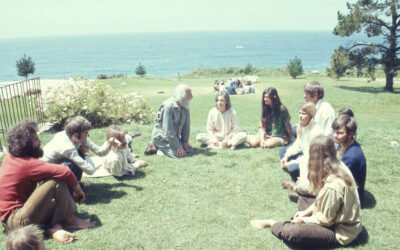


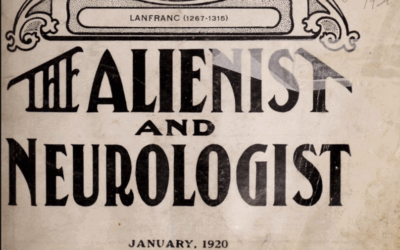
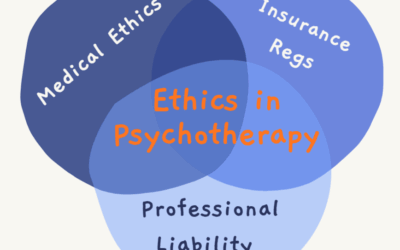
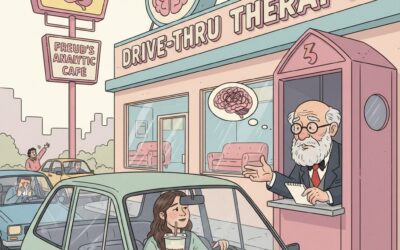



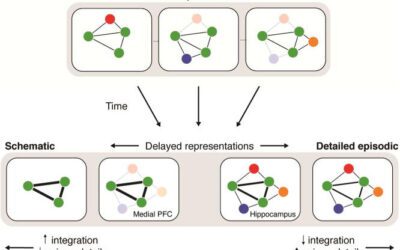

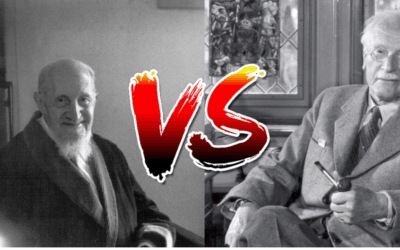

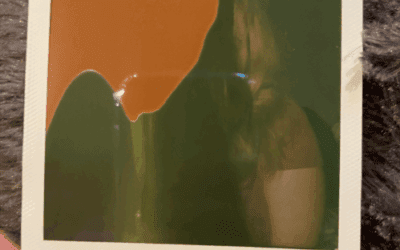




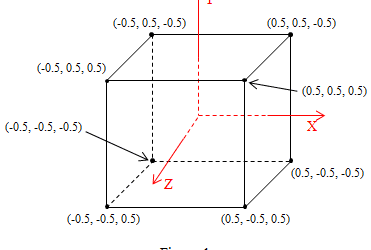


0 Comments